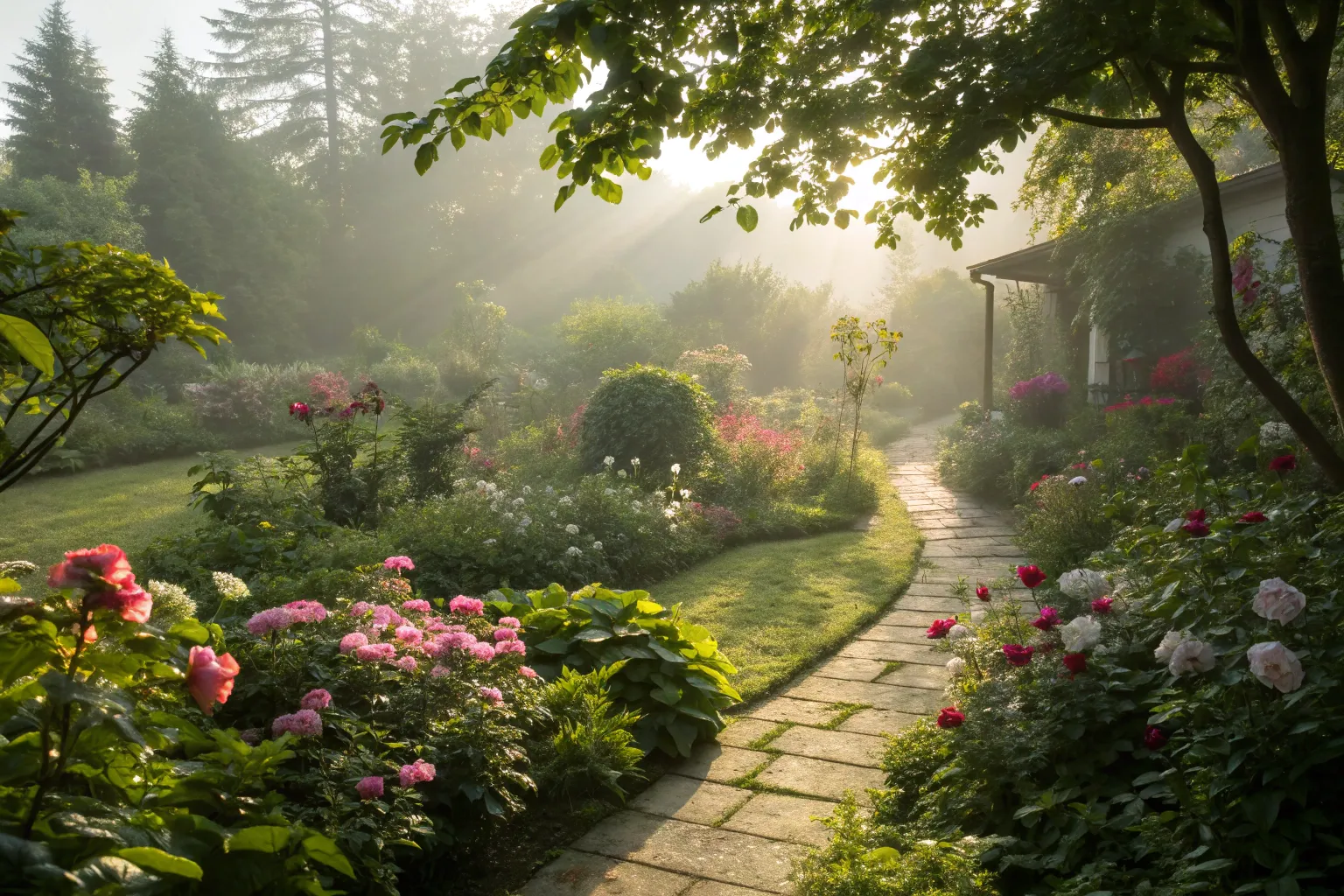Transform your outdoor area into a sanctuary that nurtures both body and spirit through intentional design and purposeful practices. Morning rituals in nature offer unparalleled benefits for mental clarity, emotional balance, and physical well-being.
Understanding the Morning Light Advantage
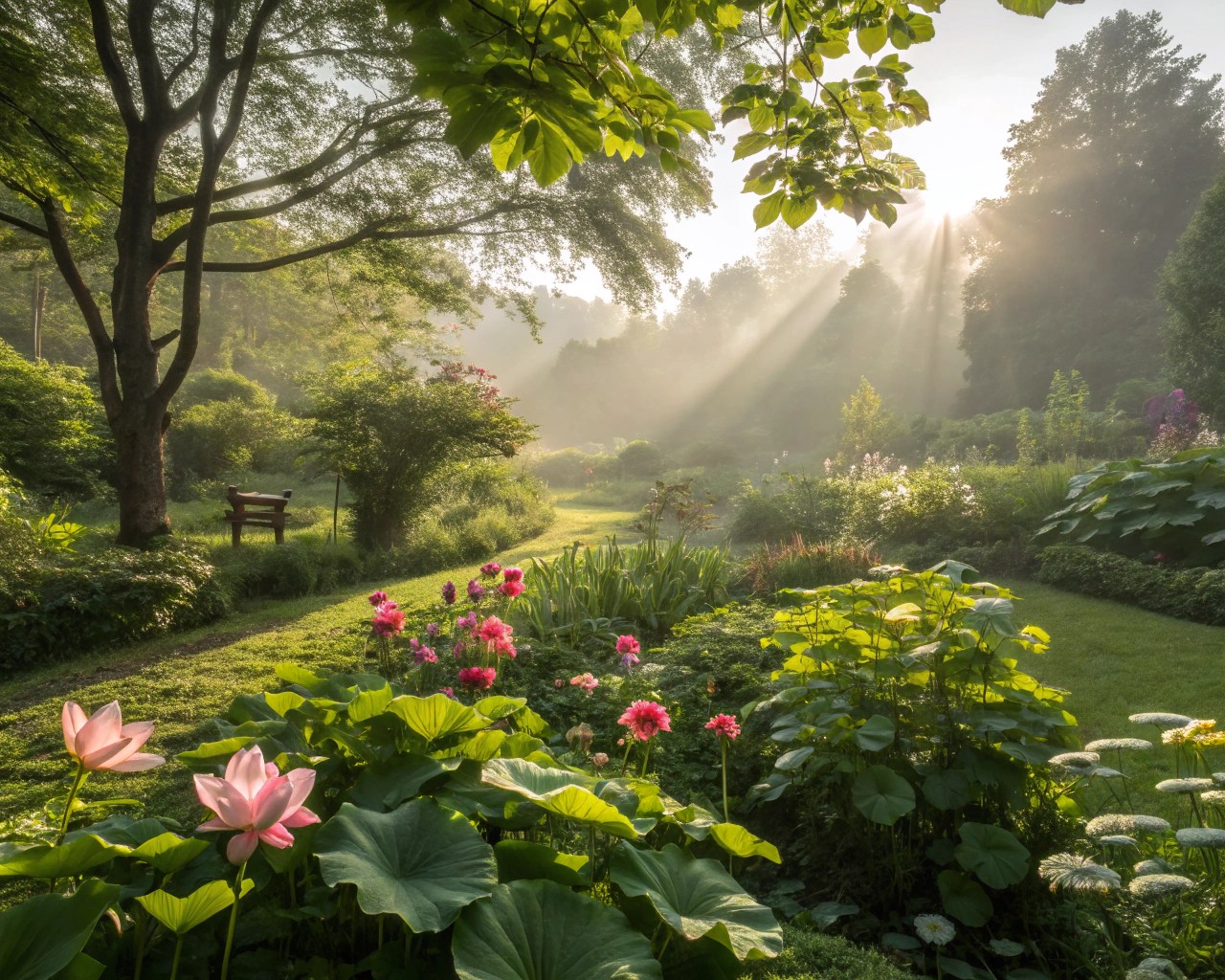
The strategic use of natural light fundamentally shapes successful morning ritual spaces. East-facing orientations receive gentle morning sun while avoiding harsh afternoon heat, making them ideal for contemplative practices. Research demonstrates that morning sunlight exposure helps regulate circadian rhythms, enhances sleep quality, and promotes vitamin D synthesis.
When selecting your space, observe how sunlight moves across your outdoor area throughout the day. South-facing gardens receive maximum sun exposure from sunrise to sunset, while east-facing gardens get warm morning glow but avoid direct afternoon sun. This positioning creates optimal conditions for plants that thrive in morning light while providing comfortable temperatures for human activity.
For existing spaces, you can enhance morning light through reflective surfaces. Place light-colored stones, garden art, or mirrors strategically to reflect morning light into shadier areas. This technique extends the beneficial effects of natural morning illumination throughout your ritual zone.
Design Principles for Therapeutic Outdoor Spaces
Accessibility and Universal Design
Prioritize accessibility to ensure your morning ritual space serves all users comfortably. Incorporate wide, level pathways made of smooth materials for easy navigation. Consider raised garden beds that eliminate excessive bending and kneeling, making plant interaction more accessible regardless of mobility levels.
The pathway to your ritual space should feel intentional and welcoming. Clear pathways using stepping stones, gravel paths, or wooden walkways guide visitors while making the space feel more accessible. This approach transforms the journey to your ritual zone into part of the meditative experience.
Sensory Integration
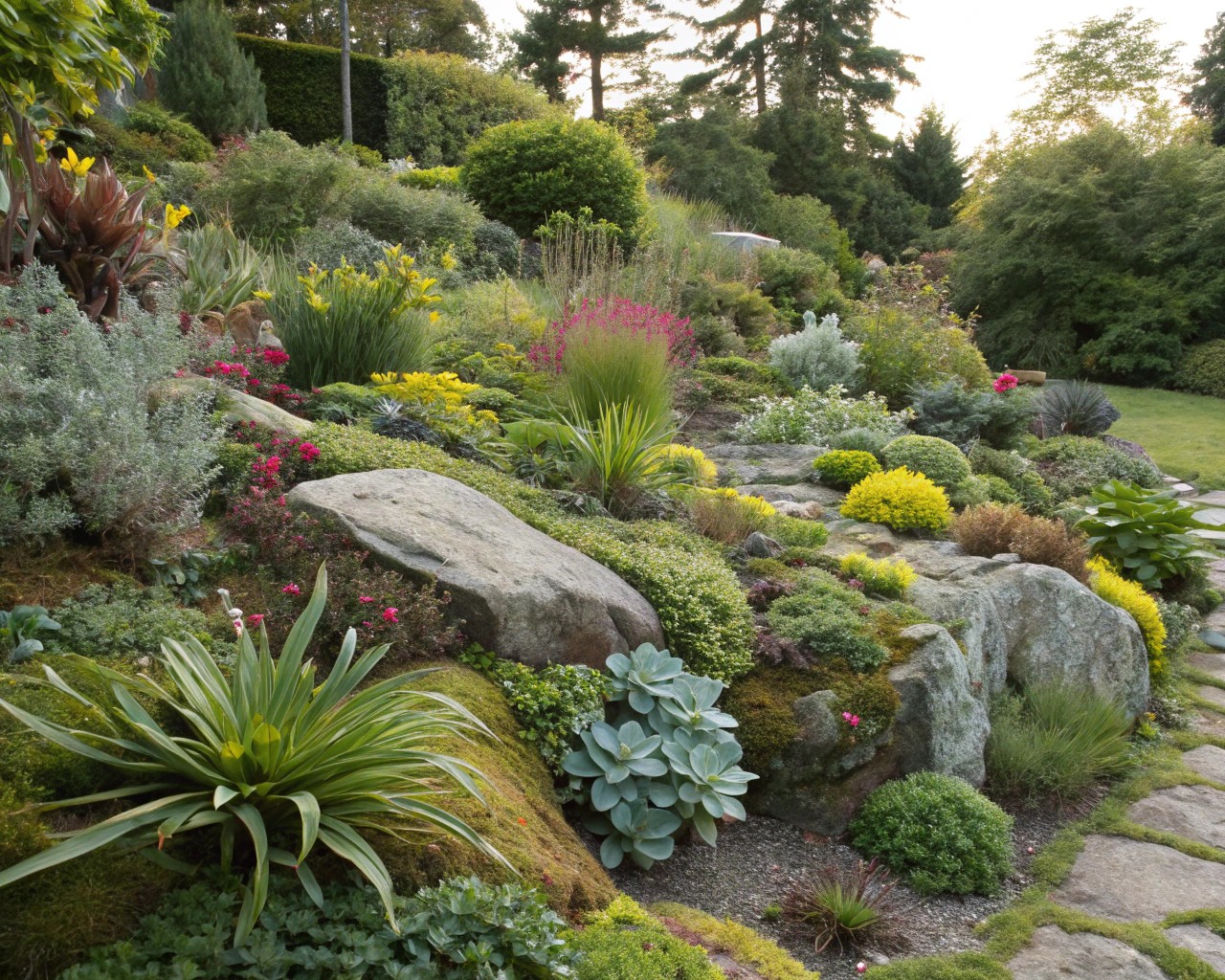
Therapeutic outdoor spaces excel when they engage multiple senses simultaneously. Choose plants that offer diverse textures, fragrances, and colors. Lavender, chamomile, and mint provide calming scents, while plants like lamb’s ear and ornamental grasses invite tactile exploration.
Water features create profound sensory impact. Nothing soothes the nervous system quite like the sound of moving water. Consider installing a small fountain or gentle stream that provides background sound while masking urban noise. The auditory element helps signal your brain that this space serves a specific contemplative purpose.
Creating Your Morning Ritual Infrastructure
Seating and Comfort Elements
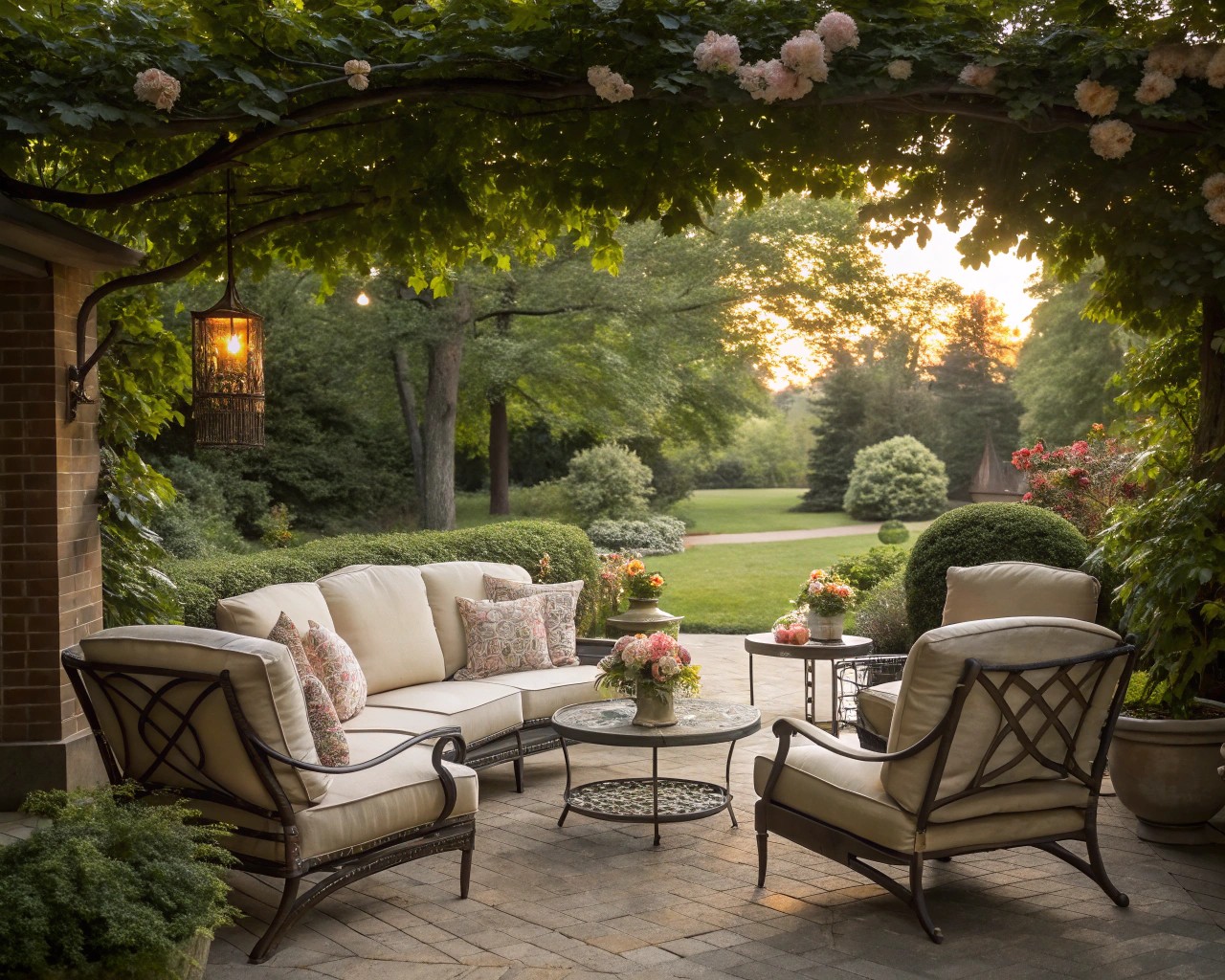
Comfortable seating serves as the cornerstone of any morning retreat. Choose ergonomic options that support extended periods of contemplation. The Hamilton Folding and Reclining Adirondack Chairs provide excellent support with wide armrests for morning essentials, while garden benches offer versatile seating that works beneath trees or near water features.
For intimate morning practices, consider creating a dedicated meditation platform using natural materials like wood and stone. Elevated platforms create a distinct and dedicated area that feels separate from the rest of the garden, helping to establish psychological boundaries between everyday activities and ritual practice.
Essential Surfaces and Storage
Include practical surfaces for morning essentials. A compact side table offers space for coffee, books, or other items that enhance your morning experience. For expanded functionality, consider built-in storage beneath bench seating or nearby planters that double as surfaces.
Natural materials like flagstone or slate create pathways that provide tactile connection to the earth. These materials age beautifully and complement most garden styles while offering durability for daily use.
Plant Selection for Morning Rituals
Seasonal Interest and Fragrance
Choose plants that provide four seasons of sensory stimulation. Morning-blooming flowers like morning glories and four o’clocks create daily renewal symbolism, while fragrant species such as jasmine, roses, and herbs provide aromatic enhancement.
Consider the therapeutic properties of specific plants:
| Plant | Morning Benefit | Seasonal Interest |
|---|---|---|
| Lavender | Calming scent, stress reduction | Purple blooms spring-fall |
| Rosemary | Mental clarity, memory enhancement | Evergreen with blue flowers |
| Chamomile | Tranquility, digestive support | Daisy-like flowers summer |
| Mint | Energizing aroma, cooling effect | Fresh growth spring-fall |
| Jasmine | Uplifting fragrance, mood enhancement | Seasonal blooms, climbing habit |
Native Plant Integration
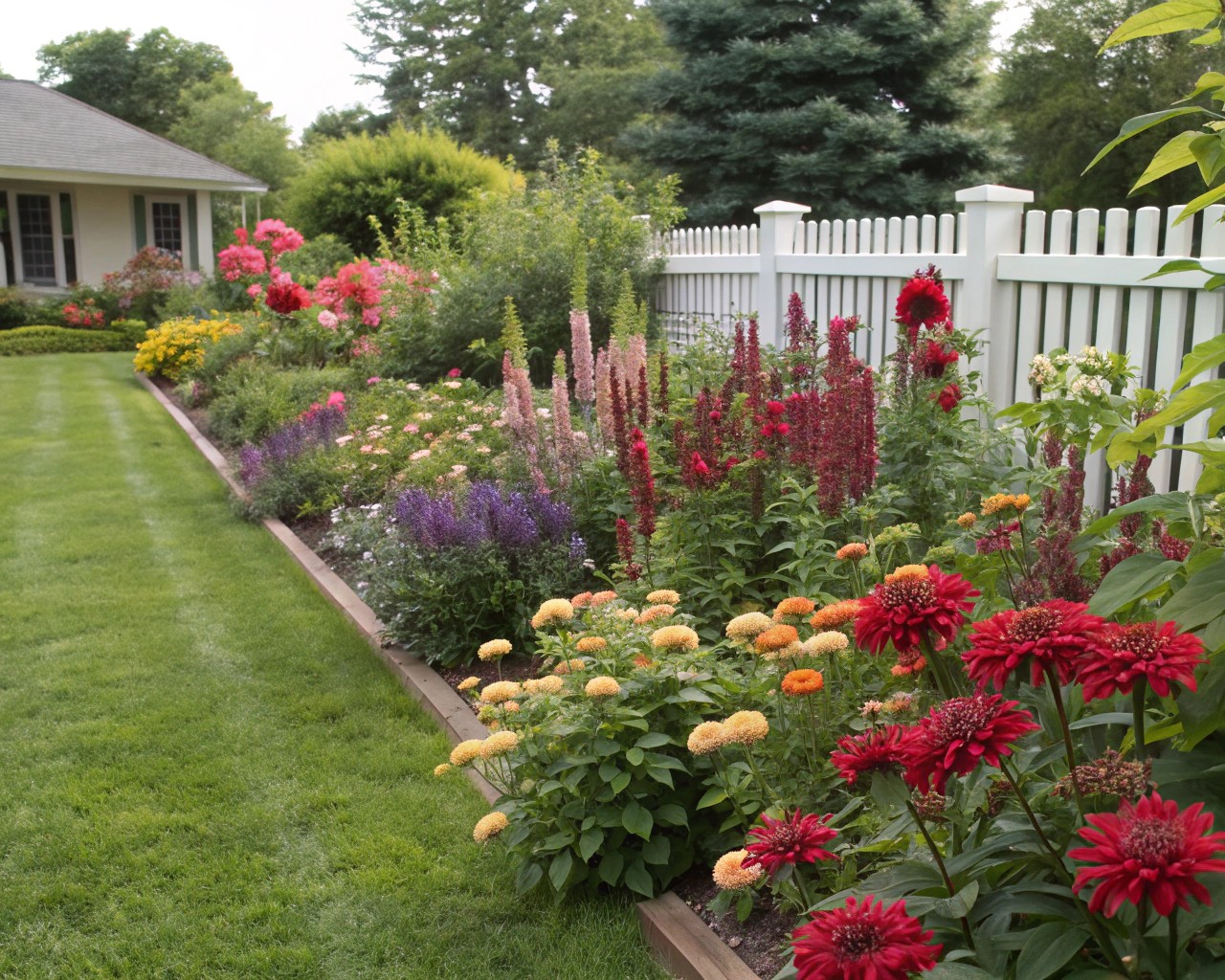
Use native plants to attract local pollinators like birds and butterflies, encouraging biodiversity. This approach supports ecological health while creating dynamic morning entertainment through wildlife observation. Native species also require less maintenance and water, making your ritual space more sustainable.
Morning Ritual Activities and Practices
Mindful Movement and Meditation
Morning sunlight exposure combined with gentle movement creates optimal conditions for both physical and mental awakening. Design your space to accommodate various practices:
- Yoga platforms: Create level surfaces using natural materials
- Walking meditation paths: Install winding pathways that encourage slow, contemplative movement
- Breathing spaces: Position seating to face east for morning sun exposure
Gardening as Ritual Practice
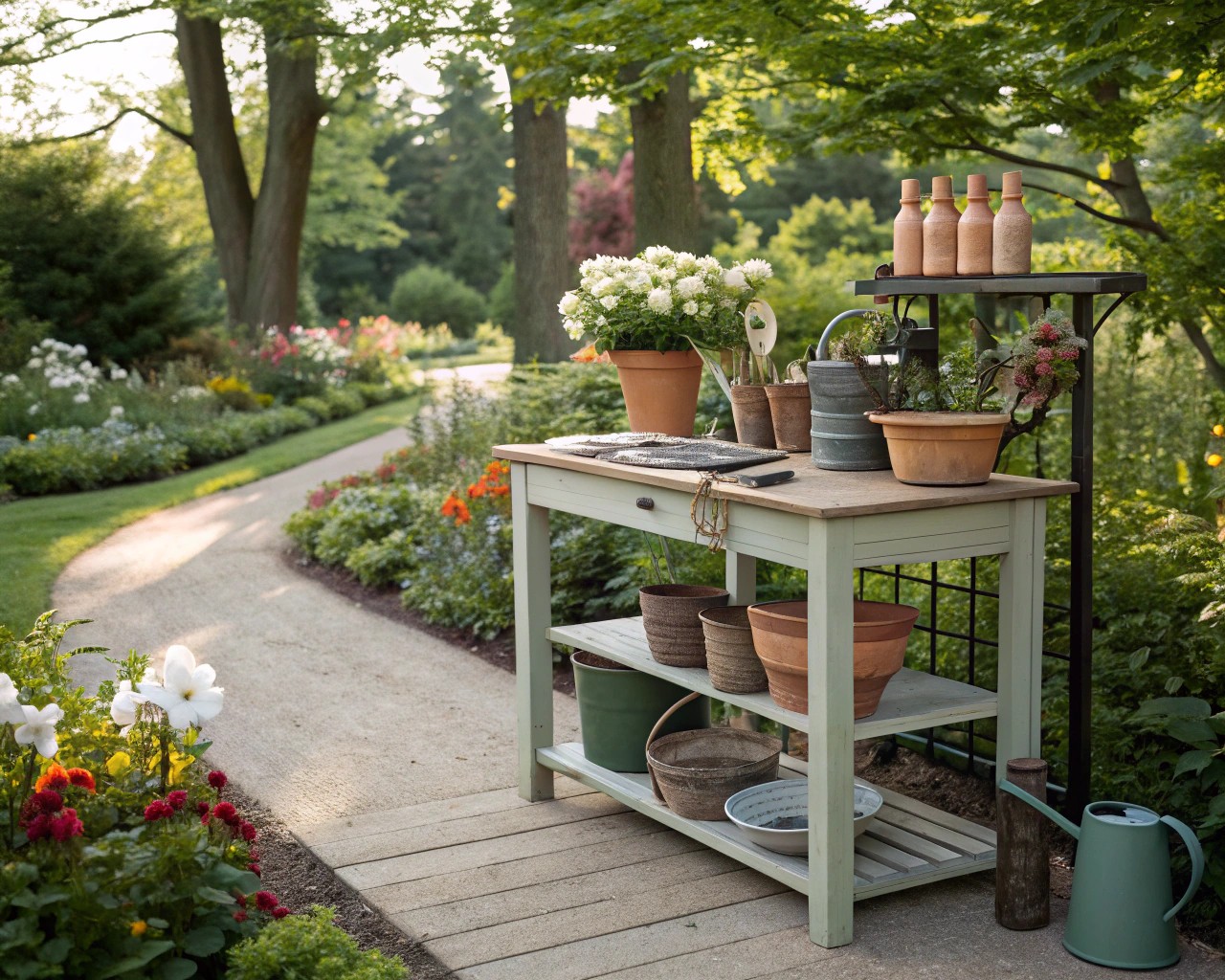
Engaging in garden maintenance offers numerous health benefits beyond aesthetics. Morning gardening provides physical exercise, mental stimulation, and emotional satisfaction. Research shows that gardening improves immune function, reduces stress, and enhances overall emotional well-being.
Create dedicated areas for active gardening:
- Herb spirals: Compact designs that maximize planting space
- Raised beds: Accessible planting areas for vegetables and flowers
- Potting stations: Convenient surfaces for plant care activities
Water Interaction and Reflection
Water features serve multiple therapeutic functions. Beyond their aesthetic appeal, they provide:
- Sound masking: Gentle water sounds buffer urban noise
- Humidity regulation: Increased moisture benefits both plants and humans
- Reflection opportunities: Still water surfaces encourage contemplation
- Wildlife attraction: Birds and beneficial insects enhance the space’s vitality
Seasonal Adaptations and Year-Round Use
Climate Considerations
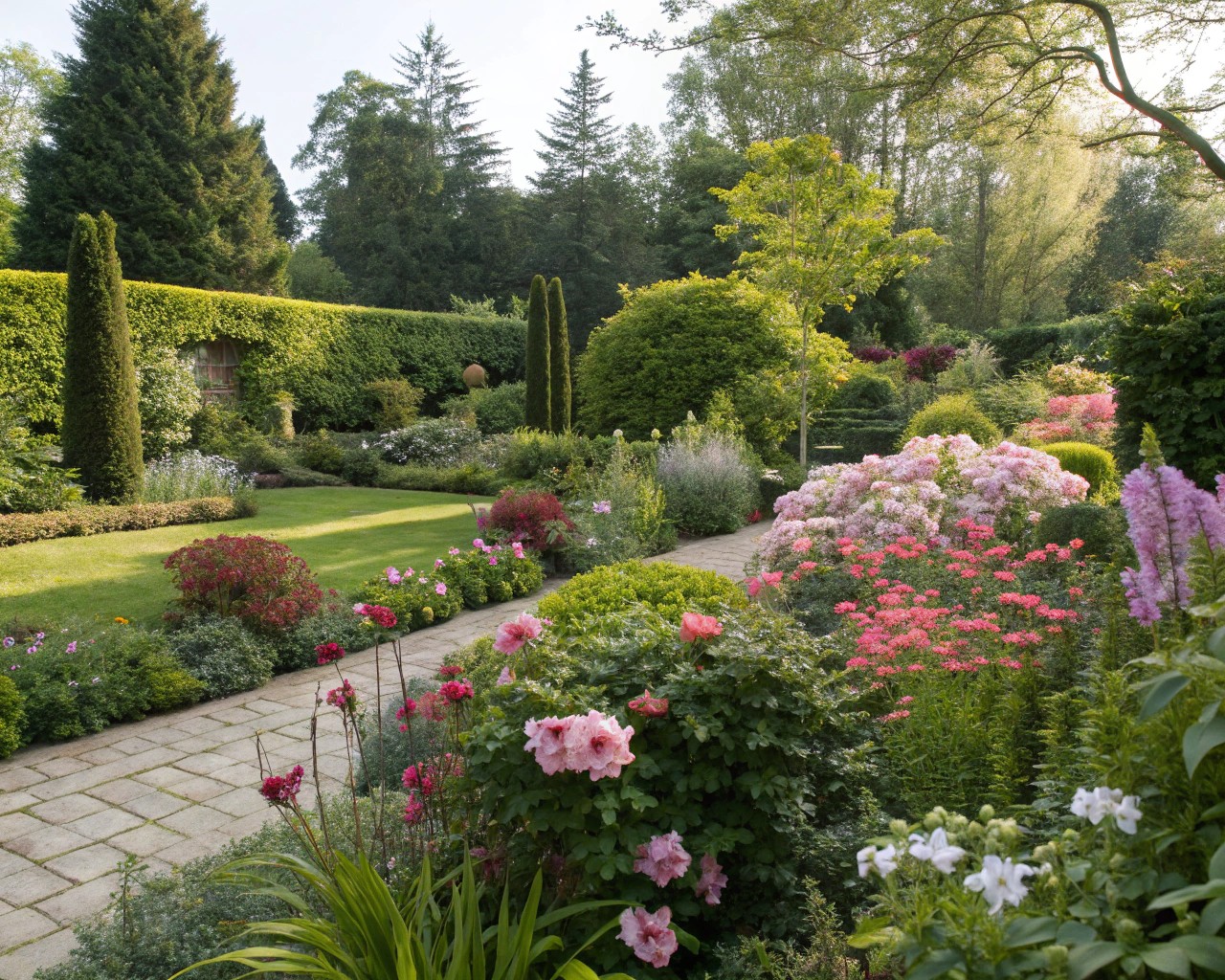
Design for connection with nature throughout all seasons. Winter morning rituals might focus on evergreen plants and protective structures, while summer emphasizes shade and cooling elements. Consider plants that bloom in different seasons for year-round visual interest.
Incorporate weather protection without sacrificing openness:
- Pergolas: Provide structure and filtered shade
- Deciduous trees: Offer summer shade and winter sun
- Windbreaks: Strategic plantings that reduce harsh winds
Maintenance and Sustainability
Choose low-maintenance plants that thrive in your specific conditions. Drought-tolerant species reduce water requirements, while native plants support local ecosystems and require minimal intervention.
Implement sustainable practices:
- Rainwater collection: Utilize natural precipitation for irrigation
- Composting areas: Transform organic waste into soil amendment
- Mulching: Reduce water needs and suppress weeds naturally
Technology Integration and Boundaries
Mindful Technology Use
While morning rituals often emphasize disconnection from digital devices, strategic technology integration can enhance rather than distract from the experience. Smartphone compass apps help determine optimal garden orientation, while weather apps assist with timing outdoor activities.
Consider subtle technological enhancements:
- Solar-powered lighting: Extends usable hours without electrical installation
- Bluetooth speakers: Enable nature sounds or meditation music
- Irrigation timers: Maintain plants without disrupting morning routines
Creating Digital Boundaries
Designate your morning ritual space as a technology-free zone. This boundary helps establish psychological separation from daily stressors and digital overwhelm. The simple act of leaving devices inside transforms outdoor time into restorative practice.
Implementation Strategies
Phase 1: Assessment and Planning
Begin by conducting a thorough site evaluation. Document sun patterns, wind exposure, privacy levels, and existing features. This information guides plant selection and activity planning.
Track light exposure at 2-hour intervals across different seasons to understand how your space changes throughout the year. This knowledge proves invaluable for positioning seating areas and selecting appropriate plants.
Phase 2: Infrastructure Development
Start with essential infrastructure:
- Pathway installation: Create clear routes to your ritual space
- Seating placement: Position comfortable furniture in optimal locations
- Basic plantings: Establish foundational plants for immediate impact
Phase 3: Refinement and Personalization
As your space matures, add personalized elements:
- Decorative features: Sculptures, wind chimes, or meaningful objects
- Seasonal containers: Portable plantings that change with the seasons
- Ritual tools: Permanently installed elements like fire bowls or meditation bells

